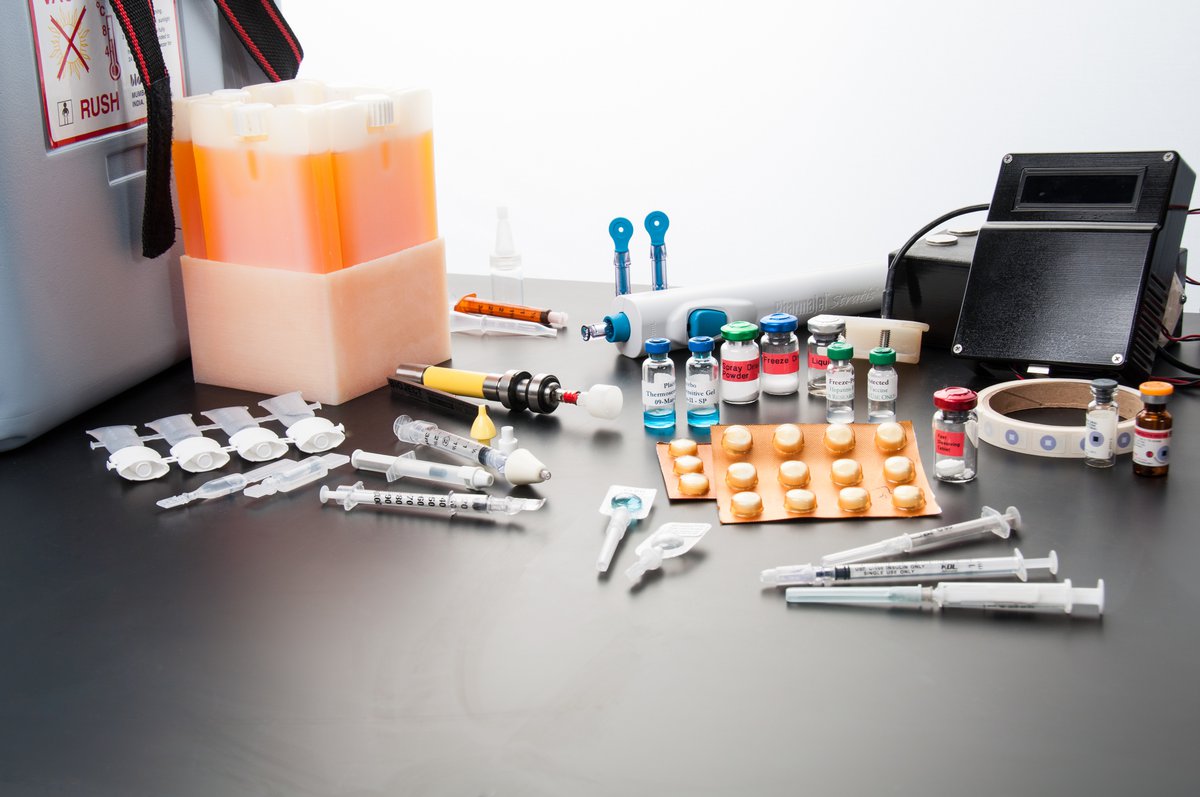
Product development and access
From vaccines and diagnostics to medical devices and digital tools, PATH develops and scales up health products that address local priorities and improve access.
Meeting local needs
For more than 45 years, PATH has partnered with governments, technology companies, pharmaceutical companies, and communities to develop high-impact health products. Our scientists, engineers, and innovators create those products with and for the people who will use them to address locally defined and prioritized health challenges. PATH’s human-centered design experts partner directly with local community members, health workers, and health leaders to understand their challenges and co-create solutions.
Scaling access to products
Fit-for-purpose health products only work if the people who need them can access them. That’s why PATH economists, policy experts, and advocates partner with local governments to create efficient markets and regulatory systems for delivering these innovations. We also partner with funders and the private sector to mobilize resources for procuring lifesaving products and to create incentives for appropriate product pricing.
Visualizing manufacturing of diagnostics and vaccines
PATH's interactive dashboards aggregate publicly available information on diagnostic and vaccine manufacturing in Latin America.
Our impact
-
Developing a Diabetes CarePak to improve access to safe insulin
PATH increased equitable access to diabetes care for those who need it most.
-
Designing best practices for contraceptive self-injection
PATH is helping women access family planning through self-injection that works for them.
-
Investing in community health with digital tools
PATH and the Zambian government are creating an effective, efficient digital health system.
-
Breaking the cycle of malaria transmission with G6PD diagnostics
Affordable point-of-care diagnostics for G6PD deficiency are critical to supporting curative treatment for malaria.
-
Developing a female condom that meets users' needs
By partnering with users, PATH developed a female condom that is easy to use, secure, and comfortable for both partners.
-
Electronic data tools advance immunization equity in Tanzania
Improvements to Tanzania’s electronic immunization registry are helping to ensure all children are reached.

We create affordable, demand-driven, fit-for-purpose medical devices and health technologies that meet local needs and price points.

We create affordable, portable, easy-to-use diagnostic tools and technologies that get results fast—so patients can get the right treatment at the right time, every time.

We advance vaccines through every stage of development and create technologies and strategies to help countries deliver them.

We assess supply and demand for health products and build markets that address the five A’s: affordability, availability, assured quality, appropriate design, and awareness.